How I Became a GRIN Disorder Champion
Share This Post
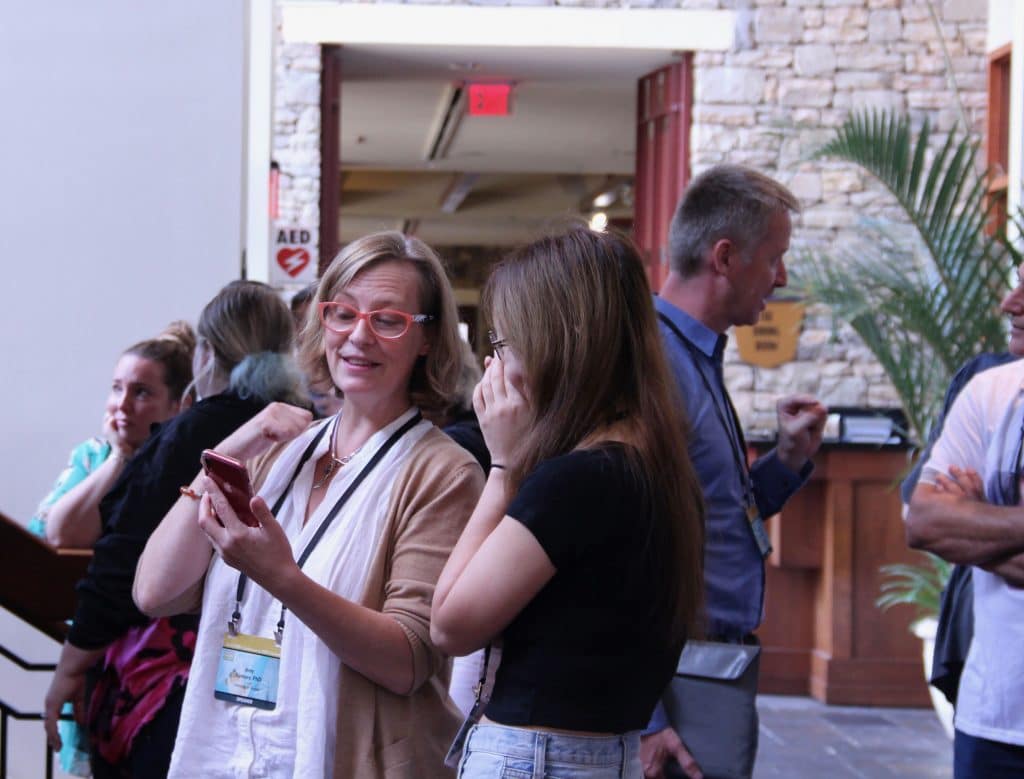
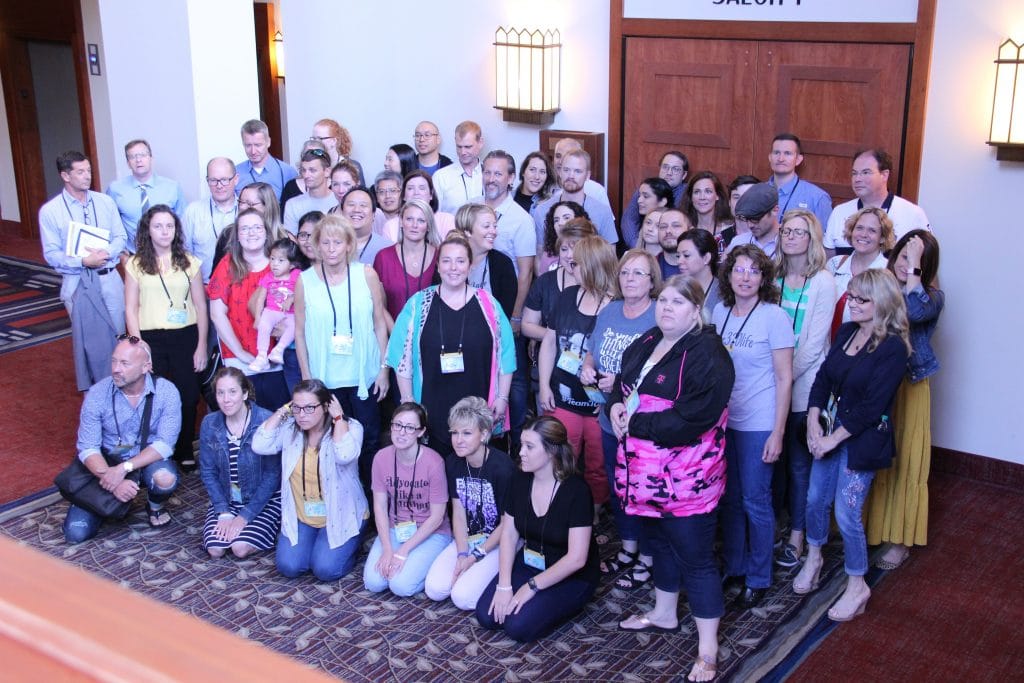

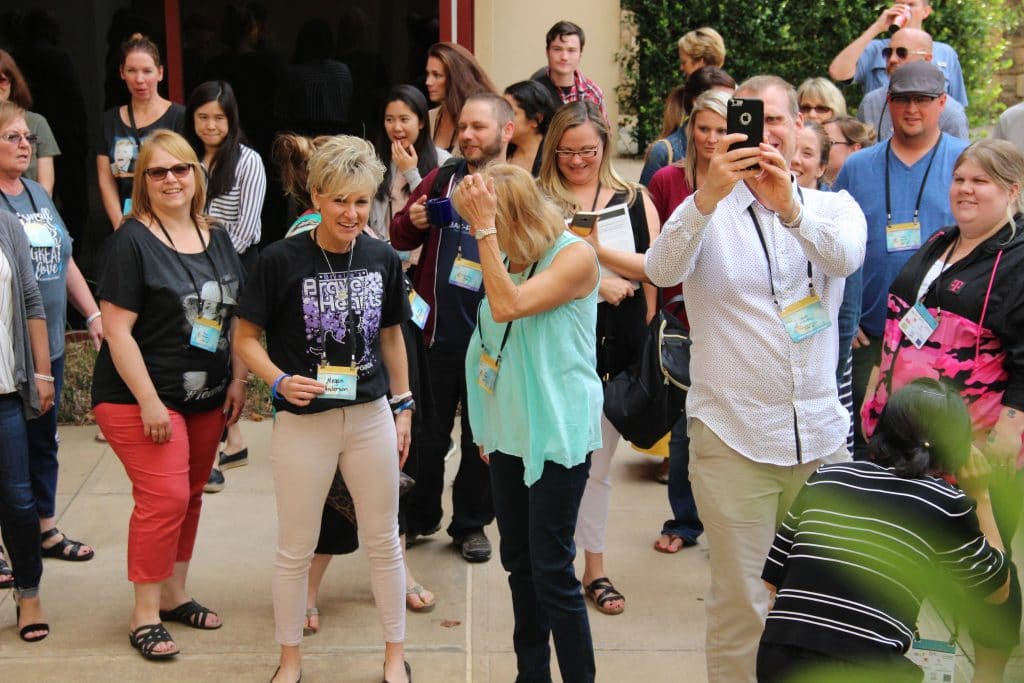
Searching and Finding at the CFERV Conference on GRIN Variants
Parents of children with rare diseases are the ultimate hunters of information. There should be an award given to these brave and dedicated parents. After having some time to process what these devastating diagnoses mean for our kids futures, we parents develop a new identity that empowers us to move forward and find answers to questions that even the experts cannot provide. Like a Phoenix we rise out of the sea of tears that a GRIN Disorder diagnosis creates.
I have cried for three days straight after that long-awaited phone call revealing our son’s genetic test results. Our perfectly healthy eight-year old daughter had died unexpectedly 16 months prior. I have mourned her death, but placed all my hope for a happy future in our new son. With his GRIN Disorder diagnosis came more tears, not only for him, his future, and his suffering, but also for my husband and I, for our suffering. On the fourth day, I woke up to a new world, where people would start calling me a super mother and a warrior. I tell them that I’m neither, but that I just don’t know how to give up.
Thanks to Facebook, I have found my tribe, my GRIN1 family. I have experienced the amazing spirit of community that social media can provide. I have also witnessed the dark side, but I don’t dwell on negativity. I use the fire it ignites to forge an even stronger sword, so to speak.
I had never attended a conference prior to this GRIN Conference in Atlanta. My highest education would fall into the category “some college, without degree” and I was a preschool teacher in my “life before GRIN.” To say that I feel almost intimidated by smart, successful people with “real careers” is truly an understatement. But I came looking for answers. So here I am, jet lagged after 13 hours of airport fun and two hours of sleep, walking into the conference room at Emory University. I’m trying to locate people I have gotten to know during the past seven months creating CureGRIN Foundation. Familiar voices and infectious smiles quickly dissolve the black clouds of anxiety.
It is incredible how connected to other human beings can one feel, despite the fact we are meeting in person for the very first time. I look around and all I see are animated conversations, hugs and smiles and waves across the room. So this is “my tribe” and I feel at home, but I’m still trying to find my place in this novel landscape.
It was here that I experienced my first case of being star struck. I viewed the researchers as the ultimate superheroes. After all, only they can provide our children with a cure. But to find a cure requires three important elements: interested, passionate researchers, involved patient communities, and money, lots of money. We have the first two covered, but financially, we have a long way to go. We would love to simply hand an envelope of money to the researchers and place our order “100 mice with specific mutations to test, please”. But we are not there yet. Instead researchers fill out mountains of applications and relentlessly apply for grants.
By the end of the first day, I realized the researchers view us parents as the superheroes. Because if we don’t participate in the patient registries, we can make or break certain parts of their research success. Comments and questions from parents brought some eureka moments. At least one researcher working with animal models realized her conclusions about the effects of GRIN mutations on social behaviors of the mice might have been a misinterpretation. Because so many children with GRIN Disorders suffer from Cortical Visual Impairment (CVI), the research test results could have been influenced by the unique problems CVI creates. Our children are attracted to light like a moth to a lightbulb. The research teams have been puzzled by the mice staying out of the shelter and preferring to be in the open, where they can see the light. The tentative explanation was that the evolutionary safety seeking behaviors were impaired by the gene mutation, while not realizing that this could have just been a CVI case of needing to see the light.
One experiment was designed to test specific learning and memory skills. The mice are placed in a tank of water with an island in the middle that has a flag on it. Healthy mice would swim straight for the land. Even if you would remove the flag, they would recognize it is “land” and swim straight to it. The GRIN mice, when placed in the water, were frolicking in the water, instead of seeking the safety of the land. This puzzled researchers, and left them searching for a “safety-seeking impairment behaviors ” explanation. Several parents in the audience laughed knowing their children love to swim. “Our kid could live in the water if we would let him” echoed through the room with heads nodding. Is it possible the mice just really like being in the water!?” The research team is already designing experiments that take CVI into account. It will be interesting to compare test results where “visual impairment accommodations” are provided. I, for one, can’t wait to see those results.
As a board member of the CureGRIN Foundation, I was a part of an informal dinner with researchers and representatives from other GRIN foundations. I am happy to say that researchers I perceived as being “impossible to talk to since he/she is so smart” turned out to be people I could chat with for hours. The waiter tried to take my plate away three times, but that’s how slowly one must eat when you get to talk to your “superhero.”
While the first day was dedicated to the presentations by researchers, the second day was all about parents. Questions and answers, and lots of them. Prior to the conference, the event-planning team polled parents to determine top topics for discussion. Parents formed discussion groups with topics such as potty training (it’s complicated), financial affairs and planning for the future (it’s mindbogglingly complicated), grief (so much of it in so many forms, all equally painful), and sleep issues (I seriously do not know how these parents are even alive on this little sleep.)
The conference might have only lasted 36 hours, but to me it was a lifetime lived in an alternate universe. I so needed to know this other world exists. I have been slowly losing hope that the light at the end of the dark tunnel exists. But thanks to this incredible gathering, I have seen a tiny glimpse of hope. Just enough to illuminate the way. This way is marked with out-of-this-world dedication of CureGRIN board members, researchers, and parents who committed to become “Count me GRIN!” champions.
I know that raising money for research is hard work, lot of it is, but CureGRIN is trying to make it as easy as possible. There are so many great tools being created as we speak just in time to launch our fundraising campaign in November.
This was our very first all-GRIN (there are 7 GRIN genes) conference and we experienced some learning pains. Modern technology is a blessing and a curse, but this amazing team learns fast. I’m already looking forward to our next conference in Boston in 2020. Thank you, Keith, Lauren, Laura, Denise, Mary Beth, Scott, and everyone else I forgot to mention by name. You know who you are and you have taught me a lot. My personal Phoenix has grown real feathers during that weekend at Emory University and now I’m ready to fly. Let’s hope we get to soar all together next year. Until then, be sure to check out highlights from this year’s conference.
Read more Posts
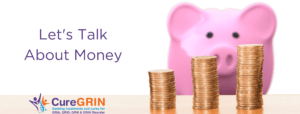
Let’s Talk About Money
Today, I want to be transparent with you about how much money we have to spend on treatments and cures, how far that will take us, and exactly why we need your help to go further.
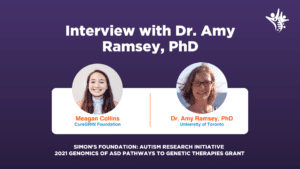
GRIN researchers receive nearly $3 million in research grants to study clinical and functional consequences of variants and gene therapy
Meet the GRIN Researchers Series
